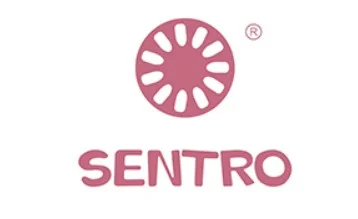The Pros and Cons of Knitting Machines Compared to Hand Knitting
Nov 11, 2023
Introduction
The world of knitting offers a diverse range of techniques and tools, from traditional hand knitting to the more modern knitting machines. Both methods have their unique advantages and disadvantages, making it essential to understand the context in which one might be more advantageous than the other. In this article, we will explore the question: Do knitting machines work better than hand knitting, and how?
The Strengths of Knitting Machines
Knitting machines are renowned for their efficiency and speed, particularly when it comes to certain tasks. Here are some ways in which knitting machines excel:
Speed: Knitting machines are designed to produce fabric quickly. Flat-knitting machines, for instance, can knit an entire row at once, dramatically speeding up the process compared to hand knitting.
Consistency: Knitting machines are precise and consistent in their output. They produce uniform stitches and tension, reducing the chances of errors in the final product.
Repetitive Tasks: For projects that involve large sections of simple stockinette stitch or circular knitting, such as socks or sleeves, circular knitting machines can be a game-changer. They perform repetitive tasks efficiently and with high quality.
Fine Yarns: Knitting machines shine when working with fine yarns. They can create intricate patterns with delicate threads much faster than hand knitting.
The Limitations of Knitting Machines
While knitting machines offer numerous advantages, they also have limitations that must be considered:
Complexity: Knitting machines struggle with complex patterns and stitches. Some machines have upper limits on the complexity of designs they can handle.
Lack of Creativity: Hand knitters often enjoy the freedom to improvise and make adjustments on the fly, a level of creativity that machines cannot replicate.
Decorative Stitches: Knitting machines are not equipped to handle certain decorative stitches and techniques, which must be executed by hand.
Shaping: Creating intricate shaping, such as darts or intricate garment details, is often more manageable by hand.
Conclusion
In conclusion, the question of whether knitting machines work better than hand knitting depends on the specific project and its requirements. Knitting machines excel in terms of speed, consistency, and efficiency for certain tasks, particularly those involving large sections of simple stitches or fine yarns. However, they fall short when it comes to complex patterns, decorative stitches, and creative freedom. Ultimately, the choice between hand knitting and machine knitting should be based on the specific needs and preferences of the knitter and the project at hand. Both methods have their place in the world of knitting, offering a rich tapestry of possibilities for crafters to explore.
